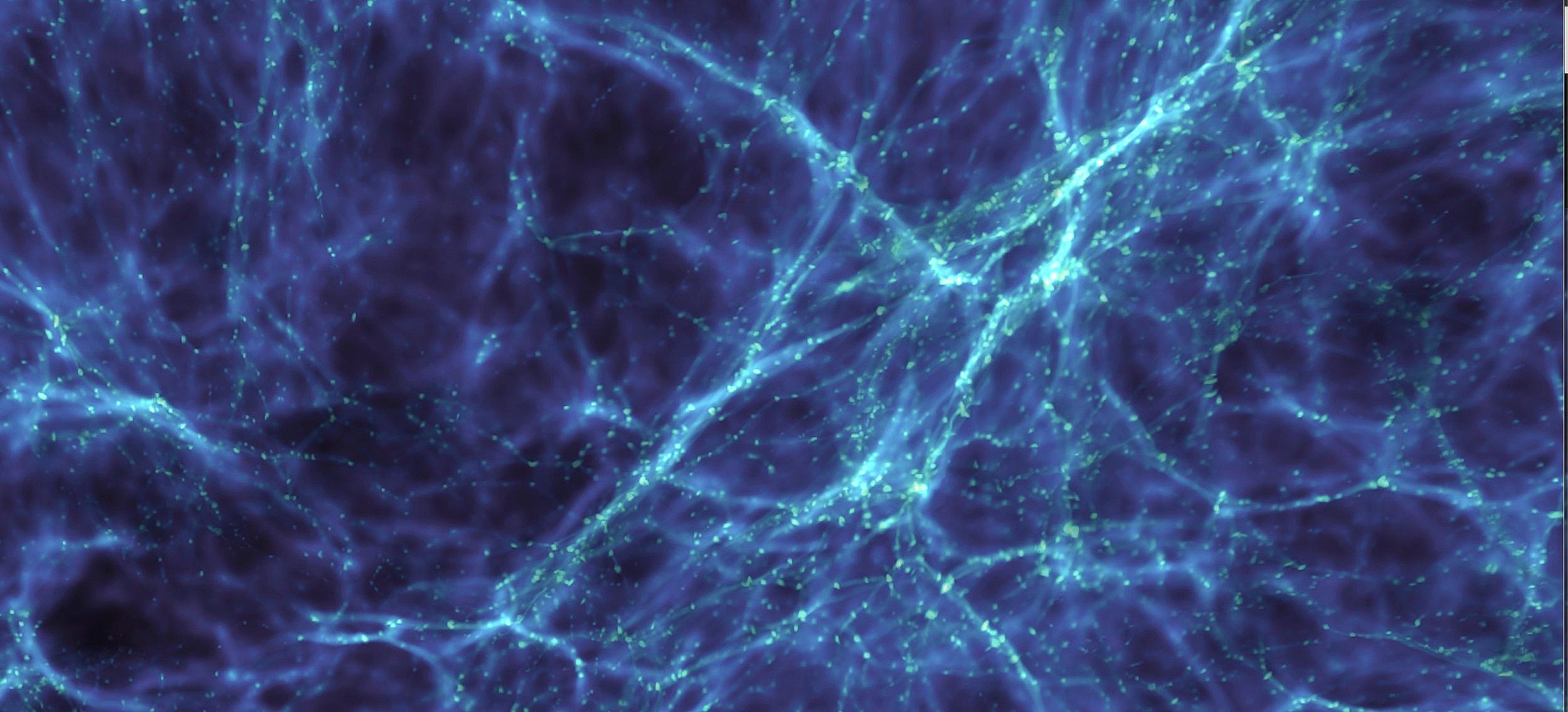
Synthetic Observations
Comparing Simulations to Observations
Comparing the properties of cosmic gas in the simulations to observational measurements allows us to build and test the physical models that influence structure formation in the Universe.
From our high-resolution simulations, we compute the transmitted Lyman-alpha transmitted and compare to the statistical properties of the observed Lyman-alpha forest. The UV background radiation from galaxies and active galactic nuclei (AGN) ionizes and heats the gas in the Intergalactic medium (IGM) affecting the properties of the Lya forest. We compared the properties of the forest from simulations that evolve two models for the UV background radiation (Haardt & Madau 2012 and Puchwein et al. 2019) to the observations and concluded that both models fail to reproduce real the properties of the intergalactic medium.
Synthetic Lyman-alpha Forest
The Lyman-alpha forest represents a primary probe to the properties of the intergalactic medium as it allows us to detect the diffuse gas in the Universe, providing us with a blueprint of the cosmic web.
By measuring the neutral hydrogen density and the temperature and velocity of the gas in the simulations we can compute the Lyman-alpha transmitted flux. We compare the statistical properties of multiple synthetic spectra to the observations to identify the physical models that reproduce the observations.
The figure bellow illustrates the density distribution of the gas in one of our simulations and multiple skewers crossing the box. The bottom panels shows the Lyman-alpha transmitted flux along one of the skewers.

